Lehigh University
Office or Center Name Here
2017 Fazlur R. Khan
Distinguished Lecture Series
Honoring a legacy in structural engineering and architecture
Distinguished Lecturers |
||||
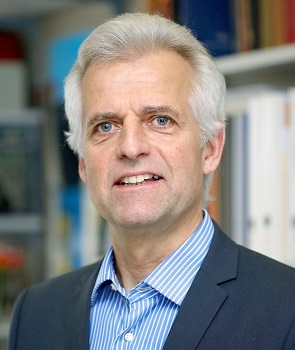 |
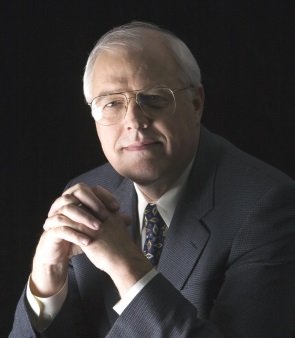 |
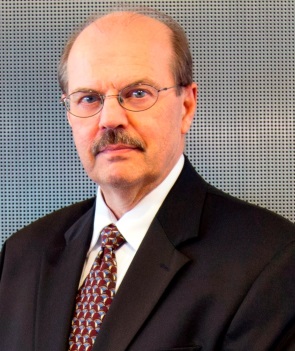 |
||
| EUGEN BRÜHWILER Professor and Dr. Structural Engineer Swiss Federal Institute of Technology Lausanne |
LAWRENCE G. GRIFFIS Senior Principal and Senior Consultant Walter P. Moore and Associates, Inc. |
PETER A. WEISMANTLE Director of Supertall Building Technology Adrian Smith + Gordon Gill Architecture |
||
Getting More Out of Existing Bridges |
Design and Construction of Cowboys Statium |
Architectural Technical Design of the New Generation of Supertall Buildings |
||
EUGEN BRÜHWILER
Professor and Dr. Structural Engineer
Swiss Federal Institute of Technology Lausanne
Getting More Out of Existing Bridges
click here to view video
Friday, February 17th, 2017– 4:30 pm
Location: Whitaker Lab 303, Lehigh University, 5 East Packer Avenue, Bethlehem, PA
Overview:
Novel structural engineering methods and technologies are urgently needed to improve the performance of existing structures, such as bridges, and to avoid the “infrastructure collapse”. Limited funding and ever increasing user demands challenge current technologies which are often invasive and not cost-effective. The objective of this lecture is to demonstrate how novel engineering methods and technologies can be implemented in structural engineering with the goal to provide a next service duration to existing bridges.
The lecture will be illustrated by application cases including several bridges of high aesthetic and cultural value. History of structures will be highlighted as a basic engineering discipline necessary to develop soft improvement interventions respecting both cultural values and safety requirements.
At first, the basic approach consists in an accurate determination of in-situ structural behaviour for the structural and fatigue safety verification of bridges using data from in-situ long term structural monitoring of actual traffic action effects. If interventions are necessary, a targeted use of advanced high-performance materials is suggested to improve effectively structural behaviour and resistance. A novel technology is presented to improve bridges using Ultra-High Performance Fibre Reinforced Cement-based Composites (UHPFRC), a technology that is successfully applied in Switzerland for more than 10 years.
The ultimate goal of this novel structural engineering methodology is to limit construction intervention to a strict minimum while providing a next, long and safe service duration for existing bridges with limited maintenance need. This methodology matches well with principles of sustainability.
MORE DETAILS available on Brühwiler's presentation. (PDF)
LAWRENCE G. GRIFFIS 
Senior Principal and Senior Consultant
Walter P. Moore and Associates, Inc.
Design and Construction of Cowboys Stadium
click here to view video
Friday, March 31st, 2016– 4:30 pm
Location: Whitaker Lab 303, Lehigh University, 5 East Packer Avenue, Bethlehem, PA
Overview:
If its hole-in-the-roof design defined the old Texas Stadium, the twin monumental steel arches have emerged as the signature element of the new Cowboys Stadium. The arches soar through the interior space of the stadium reaching an apex almost 300 feet above the field and spanning nearly a quarter of a mile – longer than any other roof span in the world. These two trusses are the backbone of the stadium. In addition to supporting over 660,000 square feet of fixed roof structure, they support two
256 ft by 410 ft retractable roof panels, the NFL’s first center-hung video board - weighing over
1,200,000 lbs, and up to 200,000 lbs of show rigging.
Each end of each arch is secured with a true pin into a concrete abutment foundation that experiences a thrust force of up to 19 million pounds. To the casual observer, the concrete abutment consists of a 25- ft by 11-ft solid concrete thrust block column that launches out of the ground at a 32 degree angle from the horizontal. The real enormity, however, lies hidden below ground as the thrust block column is anchored to a slurry wall box that transfers the thrust into the surrounding soil. The concrete slurry wall box consists of a series of subterranean 36-in thick, concrete-filled trenches creating a rectangular box measuring up to 18-ft wide, 176-ft long, and 71-ft deep.
This presentation will feature some the design and construction details that went into the project as seen from the perspective of the structural engineer.MORE DETAILS availalable on Griffis' presentation. (PDF)
PETER A. WEISMANTLE
Director of Supertall Building Technology
Adrian Smith + Gordon Gill Architecture
Architectural Technical Design of the New Generation of Supertall Buildings
click here to view video
Friday, April 21st, 2017– 4:30 pm
Location: Whitaker Lab 303, Lehigh University, 5 East Packer Avenue, Bethlehem, PA
Overview:
Immediately after the events of September 11, 2001; few would have predicted that we would still be building tall buildings, let alone, very tall buildings. However, in the 15 years that have followed, we have entered what can truly be called the “Era of the Supertall Building”. The reasons for this begins with an understanding of the unprecedented trends of globalization, urbanization and sustainability that are the recent factors driving this trend and returns to the factors of economics, ambition and ego that have traditionally driven humanity to reach for new heights.
Without any doubt, the initial challenge of all supertall buildings is in the hands of the structural engineer. However, the primary task of all design professionals remains the maintenance of the health, safety and welfare of the public. In the realization of these buildings, the architectural technical professional is responsible for keeping these issues in the forefront of his design and his coordination of the systems that allow tall structures to function and be occupied safely by the public.
Based on his experience on ground breaking structures such as the current world’s tallest building, Burj Khalifa and the next world’s tallest, Jeddah Tower; Mr. Weismantle will discusses approaches that the architectural design professional takes in investigating the special nature of these supertall structures and in developing the enhanced aspects of protection that they require. His responsibility includes the design and coordination of all the fundamental technical systems including the exterior building enclosure, façade access, vertical transportation, fire protection, smoke control and means of escape. He also must deal with special circumstances that arise due to building height such as stack effect, lateral movement due to wind or seismic events, increased exit time and special provisions for fire fighters. Finally, not only must he must take into account the historically normal emergency event scenarios of the building, but anticipate accidental or purposeful events that could put the occupants and physical structure in jeopardy.MORE DETAILS available on Weismantle's presentation. (PDF)
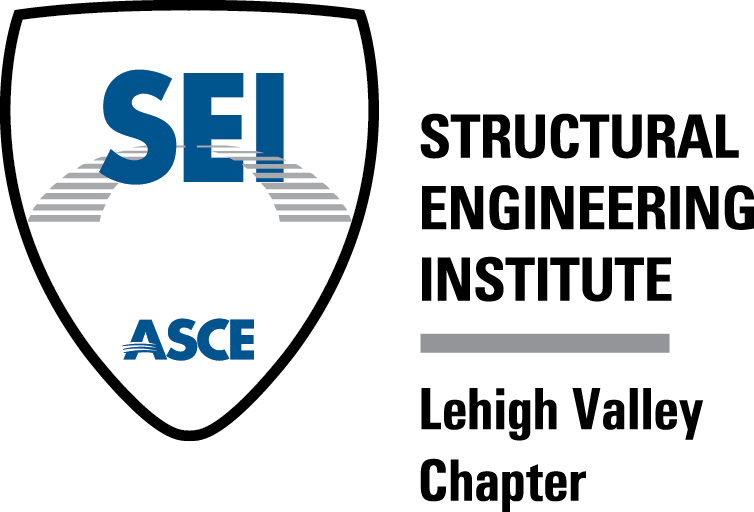 |
|
2017 Fazlur R. Khan Distinguished Lecture Series Announcement Flyer (PDF)
The Fazlur R. Khan Distinguished Lecture Series has been initiated and organized by Dan M. Frangopol, the first holder of Lehigh's Fazlur Rahman Khan Endowed Chair of Structural Engineering and Architecture.
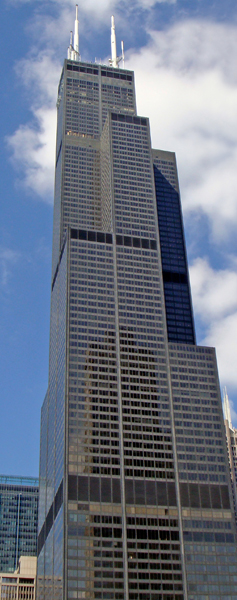
Willis (formerly Sears) Tower
The Fazlur R. Khan Distinguished Lecture Series honors Dr. Khan’s legacy of excellence in structural engineering and architecture.